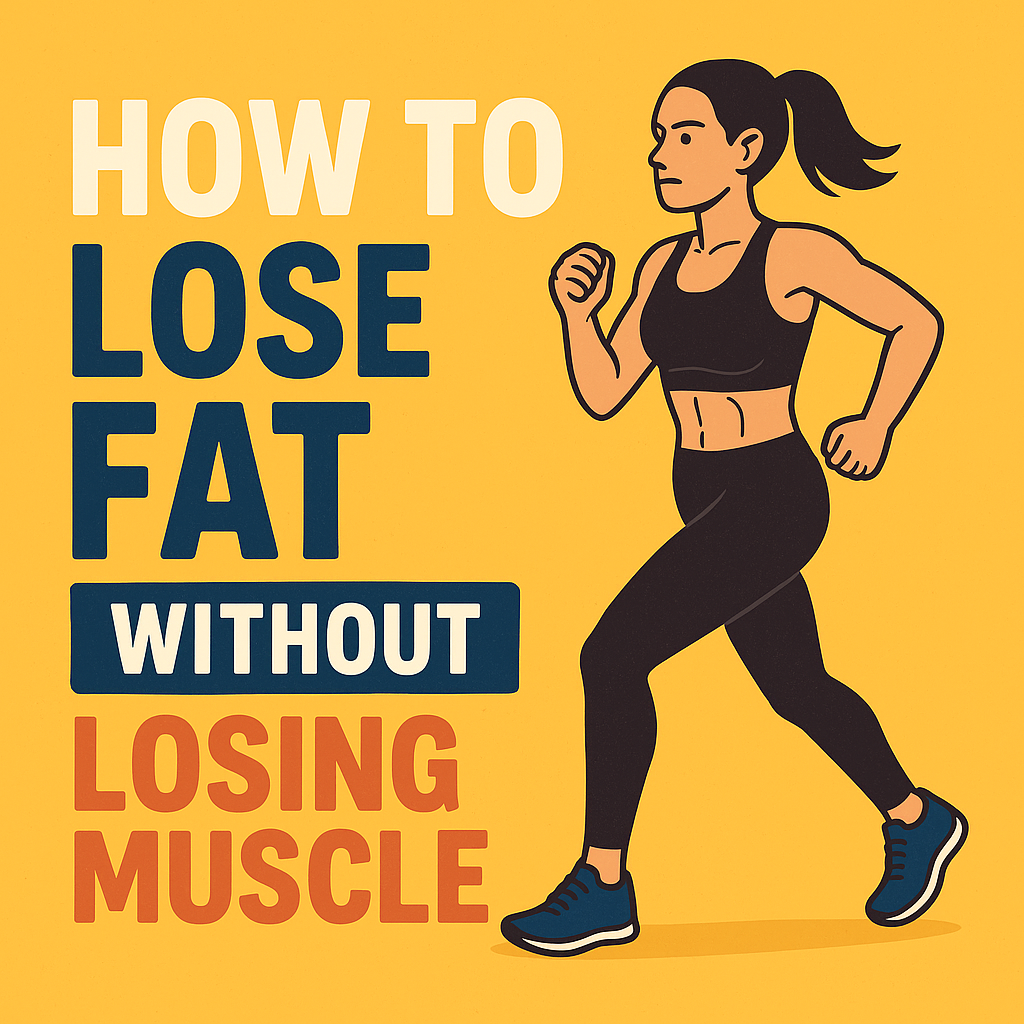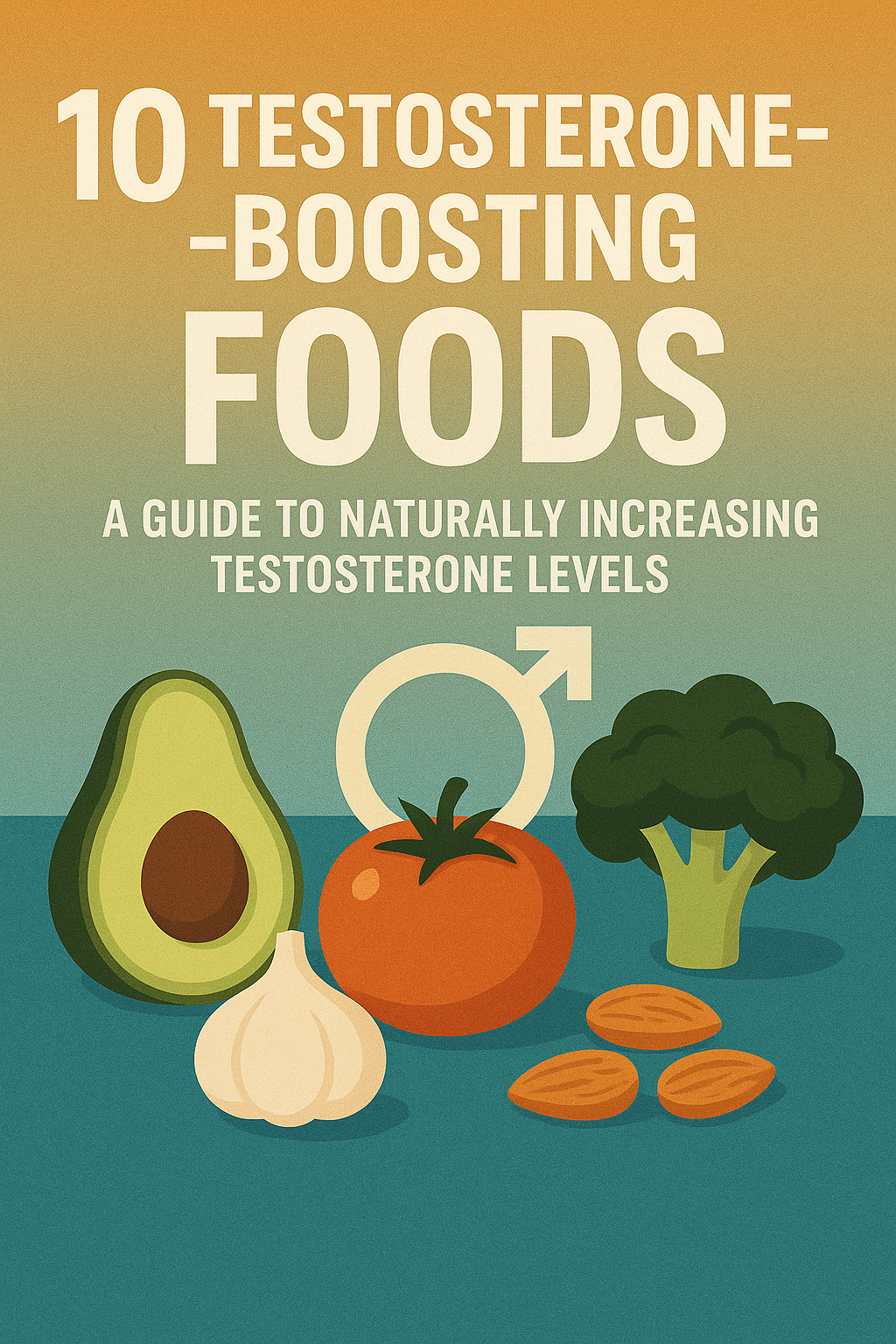Introduction
When it comes to losing weight, many individuals focus solely on shedding pounds, without considering the importance of maintaining muscle mass.
However, losing muscle mass can have negative consequences, including a slower metabolism, reduced strength, and a higher risk of injury.
In fact, studies have shown that for every pound of muscle lost, metabolism slows by approximately 10-15 calories per day.
This means that losing just 10 pounds of muscle mass can result in a 100-150 calorie decrease in daily metabolic rate, making it more challenging to maintain weight loss over time.
The Importance of Maintaining Muscle Mass
Maintaining muscle mass is crucial for overall health and fitness. Muscle tissue plays a vital role in regulating metabolism, bone density, and insulin sensitivity.
When muscle mass is lost, these physiological processes can be disrupted, leading to a range of negative consequences, including increased risk of osteoporosis, type 2 diabetes, and cardiovascular disease.
The Purpose of This Article
The purpose of this article is to provide guidance on how to achieve fat loss while preserving muscle mass. We will explore the science behind fat loss and muscle preservation, and provide practical tips and strategies for nutrition, training, and lifestyle habits that support muscle growth and maintenance.
By the end of this article, readers will have a comprehensive understanding of how to lose fat without losing muscle, and will be equipped with the knowledge and tools necessary to achieve their weight loss goals while maintaining overall health and fitness.
Understanding the Science of Fat Loss and Muscle Preservation
To achieve fat loss while preserving muscle mass, it’s essential to understand the physiological processes involved in fat loss and muscle gain/loss.
This section will explore the science behind fat loss and muscle preservation, and provide insights into the role of hormones, nutrition, and training in maintaining muscle mass.
Physiological Processes Involved in Fat Loss and Muscle Gain/Loss
Fat loss: Fat loss occurs when the body is in a state of negative energy balance, meaning it burns more calories than it consumes. This can be achieved through a combination of diet, exercise, and lifestyle habits.
Muscle gain/loss: Muscle gain occurs when the body is in a state of positive nitrogen balance, meaning it consumes more protein than it excretes. Muscle loss occurs when the body is in a state of negative nitrogen balance, meaning it excretes more protein than it consumes.
Role of Hormones in Muscle Preservation
Testosterone: Testosterone is a hormone that plays a crucial role in muscle growth and maintenance. Low levels of testosterone can lead to muscle loss.
Cortisol: Cortisol is a hormone that can contribute to muscle loss when levels are elevated. Chronic stress can lead to increased cortisol levels.
Insulin-like growth factor-1 (IGF-1): IGF-1 is a hormone that helps regulate muscle growth and maintenance.
Role of Nutrition in Muscle Preservation
Protein intake: Adequate protein intake is essential for muscle growth and maintenance. The recommended daily intake of protein varies depending on factors such as age, sex, and activity level.
Carbohydrate intake: Carbohydrates provide energy for the body and can help support muscle growth and maintenance.
Fat intake: Fat is an essential nutrient that plays a role in hormone production and overall health.
Role of Training in Muscle Preservation
Resistance training: Resistance training is essential for muscle growth and maintenance. This type of training helps build muscle mass and increase strength.
Progressive overload: Progressive overload, or gradually increasing the intensity of workouts, is essential for muscle growth and maintenance.
By understanding the science behind fat loss and muscle preservation, individuals can develop effective strategies for achieving their weight loss goals while maintaining muscle mass.
Nutrition Strategies for Fat Loss Without Muscle Loss
Nutrition plays a crucial role in fat loss and muscle preservation. A well-planned diet can help individuals achieve their weight loss goals while maintaining muscle mass. This section will explore the nutrition strategies for fat loss without muscle loss.
Adequate Protein Intake
Recommended daily intake: The recommended daily intake of protein varies depending on factors such as age, sex, and activity level. Aim for 1.6-2.2 grams of protein per kilogram of body weight.
High-quality protein sources: Include high-quality protein sources such as lean meats, fish, eggs, dairy, and plant-based options like legumes and nuts.
Protein timing: Aim to consume protein within an hour after exercise and spread out protein intake throughout the day.
Carbohydrate and Fat Intake
Carbohydrate sources: Focus on complex carbohydrates such as whole grains, fruits, and vegetables, which provide fiber, vitamins, and minerals.
Fat sources: Include healthy fats such as nuts, seeds, avocados, and olive oil in your diet.
Balanced macronutrient intake: Aim for a balanced intake of carbohydrates, protein, and fat to support muscle growth and maintenance.
Meal Frequency, Timing, and Portion Control
Meal frequency: Aim for 3-5 main meals and 2-3 snacks per day to keep your metabolism boosted and support muscle growth.
Meal timing: Eat your meals at regular intervals to keep your energy levels stable and support muscle growth.
Portion control: Control your portion sizes to avoid overeating and support fat loss.
Additional Nutrition Tips
Hydration: Drink plenty of water throughout the day to stay hydrated and support muscle growth.
Electrolyte balance: Include electrolyte-rich foods such as bananas, avocados, and nuts in your diet to support electrolyte balance.
Avoid processed foods: Limit or avoid processed foods that are high in sugar, salt, and unhealthy fats.
By incorporating these nutrition strategies into your daily routine, you can support fat loss without muscle loss and achieve your weight loss goals.
Training Strategies for Fat Loss Without Muscle Loss
Training is a crucial component of fat loss and muscle preservation. A well-designed workout routine can help individuals achieve their weight loss goals while maintaining muscle mass. This section will explore the training strategies for fat loss without muscle loss.
Resistance Training
Importance of resistance training: Resistance training is essential for muscle growth and maintenance. This type of training helps build muscle mass and increase strength.
Types of resistance training: Include weightlifting, bodyweight exercises, and resistance band exercises in your workout routine.
Progressive overload: Gradually increase the intensity of your workouts by adding weight, reps, or sets over time to continue making progress.
Progressive Overload
Importance of progressive overload: Progressive overload is essential for muscle growth and maintenance. This involves gradually increasing the intensity of your workouts over time.
Types of progressive overload: Include increasing weight, reps, or sets over time, or decreasing rest time between sets.
Progressive overload examples: Examples of progressive overload include increasing the weight lifted from 10 pounds to 12 pounds, or increasing the number of reps from 8 to 10.
Cardio Exercises
Types of cardio exercises: Include high-intensity interval training (HIIT), steady-state cardio, and other forms of cardio in your workout routine.
Importance of cardio: Cardio exercises can help burn fat and improve cardiovascular health.
Cardio examples: Examples of cardio exercises include running, cycling, swimming, and rowing.
Creating a Workout Routine
Combine resistance training and cardio: Combine resistance training and cardio into a single workout routine to support fat loss and muscle growth.
Aim for 3-4 workouts per week: Aim for 3-4 workouts per week, with at least one day of rest in between.
Progressive overload: Gradually increase the intensity of your workouts over time to continue making progress.
By incorporating these training strategies into your workout routine, you can support fat loss without muscle loss and achieve your weight loss goals.
Additional Tips for Fat Loss Without Muscle Loss
In addition to nutrition and training, there are several other factors that can impact fat loss and muscle preservation. This section will explore additional tips for fat loss without muscle loss.
Getting Enough Sleep
Importance of sleep: Sleep is essential for recovery and muscle growth. Aim for 7-9 hours of sleep per night.
Impact of sleep deprivation: Sleep deprivation can lead to increased cortisol levels, decreased testosterone levels, and impaired muscle growth.
Managing Stress Levels
Impact of stress on muscle growth: Chronic stress can lead to increased cortisol levels, which can impair muscle growth and maintenance.
Stress-reducing techniques: Try stress-reducing techniques such as meditation, deep breathing, or yoga to help manage stress levels.
Supplements
Protein powder: Protein powder can be a convenient way to increase protein intake, especially after exercise.
Creatine: Creatine is a supplement that can help increase muscle strength and endurance.
Other supplements: Other supplements such as branched-chain amino acids (BCAAs) and beta-alanine may also be beneficial for muscle growth and maintenance.
Tracking Progress
Weight: Track your weight regularly to monitor progress.
Body fat percentage: Track your body fat percentage to monitor changes in body composition.
Measurements: Take measurements of your waist, hips, and other areas to track progress.
By incorporating these additional tips into your fat loss plan, you can support fat loss without muscle loss and achieve your weight loss goals.
Common Mistakes to Avoid
When trying to lose fat without losing muscle, it’s easy to make mistakes that can hinder progress. This section will explore common mistakes to avoid when trying to achieve fat loss without muscle loss.
Inadequate Protein Intake
Importance of protein: Protein is essential for muscle growth and maintenance. Inadequate protein intake can lead to muscle loss.
Recommended daily intake: Aim for 1.6-2.2 grams of protein per kilogram of body weight per day.
Excessive Cardio
Impact of excessive cardio: Excessive cardio can lead to muscle loss and decreased metabolism.
Recommended cardio frequency: Aim for 2-3 cardio sessions per week, with at least one day of rest in between.
Poor Nutrition
Importance of balanced nutrition: A balanced diet that includes protein, complex carbohydrates, and healthy fats is essential for muscle growth and maintenance.
Avoid processed foods: Limit or avoid processed foods that are high in sugar, salt, and unhealthy fats.
Inconsistent Training
Importance of consistent training: Consistent training is essential for muscle growth and maintenance.
Recommended training frequency: Aim for 3-4 workouts per week, with at least one day of rest in between.
Not Getting Enough Sleep
Importance of sleep: Sleep is essential for recovery and muscle growth. Aim for 7-9 hours of sleep per night.
Impact of sleep deprivation: Sleep deprivation can lead to increased cortisol levels, decreased testosterone levels, and impaired muscle growth.
By avoiding these common mistakes, individuals can support fat loss without muscle loss and achieve their weight loss goals.
Conclusion
Losing fat without losing muscle is a challenging but achievable goal. By understanding the importance of nutrition, training, and lifestyle habits, individuals can develop effective strategies for achieving fat loss while preserving muscle mass.
Key Takeaways
Nutrition is key: A balanced diet that includes protein, complex carbohydrates, and healthy fats is essential for muscle growth and maintenance.
Training is crucial: Resistance training and progressive overload are essential for building and maintaining muscle mass.
Lifestyle habits matter: Getting enough sleep, managing stress levels, and staying hydrated are all important for muscle growth and maintenance.
Importance of Patience and Consistency
Fat loss takes time: Losing fat and preserving muscle mass takes time and patience.
Consistency is key: Consistent training and nutrition habits are essential for achieving and maintaining fat loss and muscle growth.
Seeking Professional Guidance
Consult with a qualified professional: Consider consulting with a registered dietitian or personal trainer to develop a personalized plan for fat loss and muscle growth.
Get support: Surround yourself with supportive people who can help you stay motivated and accountable.
By following these tips and staying committed to your goals, you can achieve fat loss without muscle loss and maintain a healthy and strong body.




